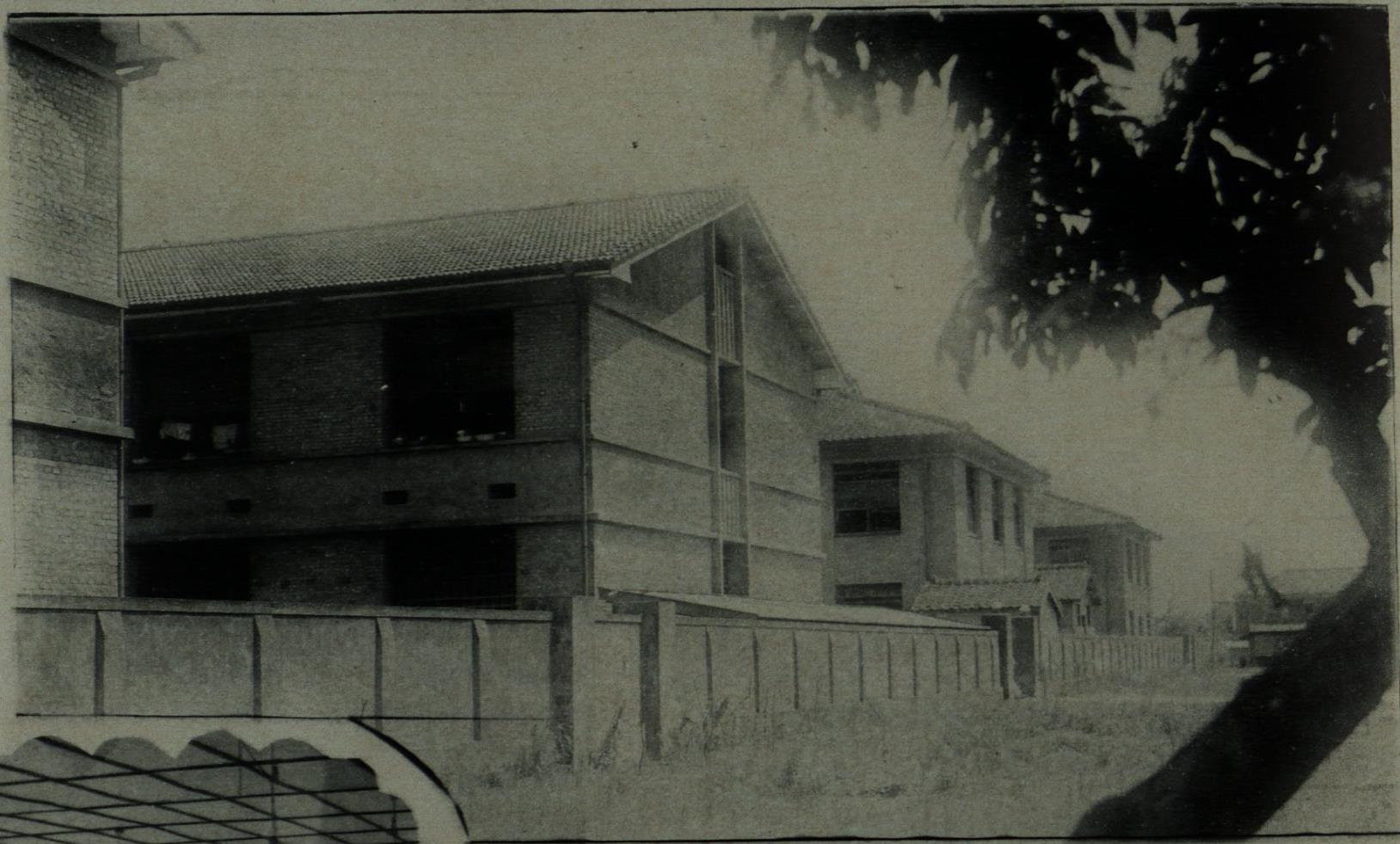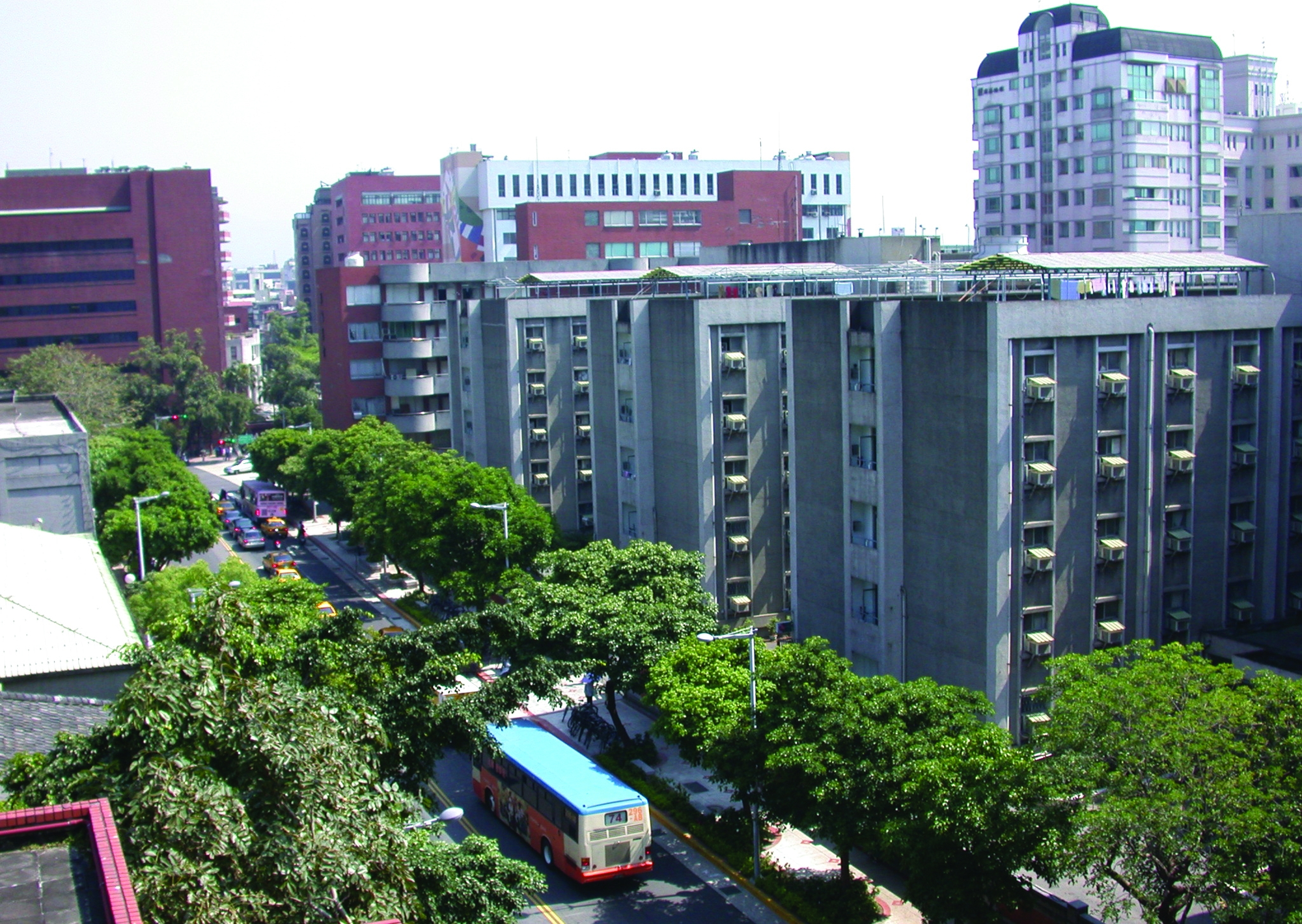Campus Imprints
(Please refresh the webpage if the image fails to load.)
left: Campus layout map from the 1951 Taiwan Provincial Teachers College Prospectus.
right: A bird’s-eye view of the campus from the 1966 National Taiwan Normal University Prospectus.
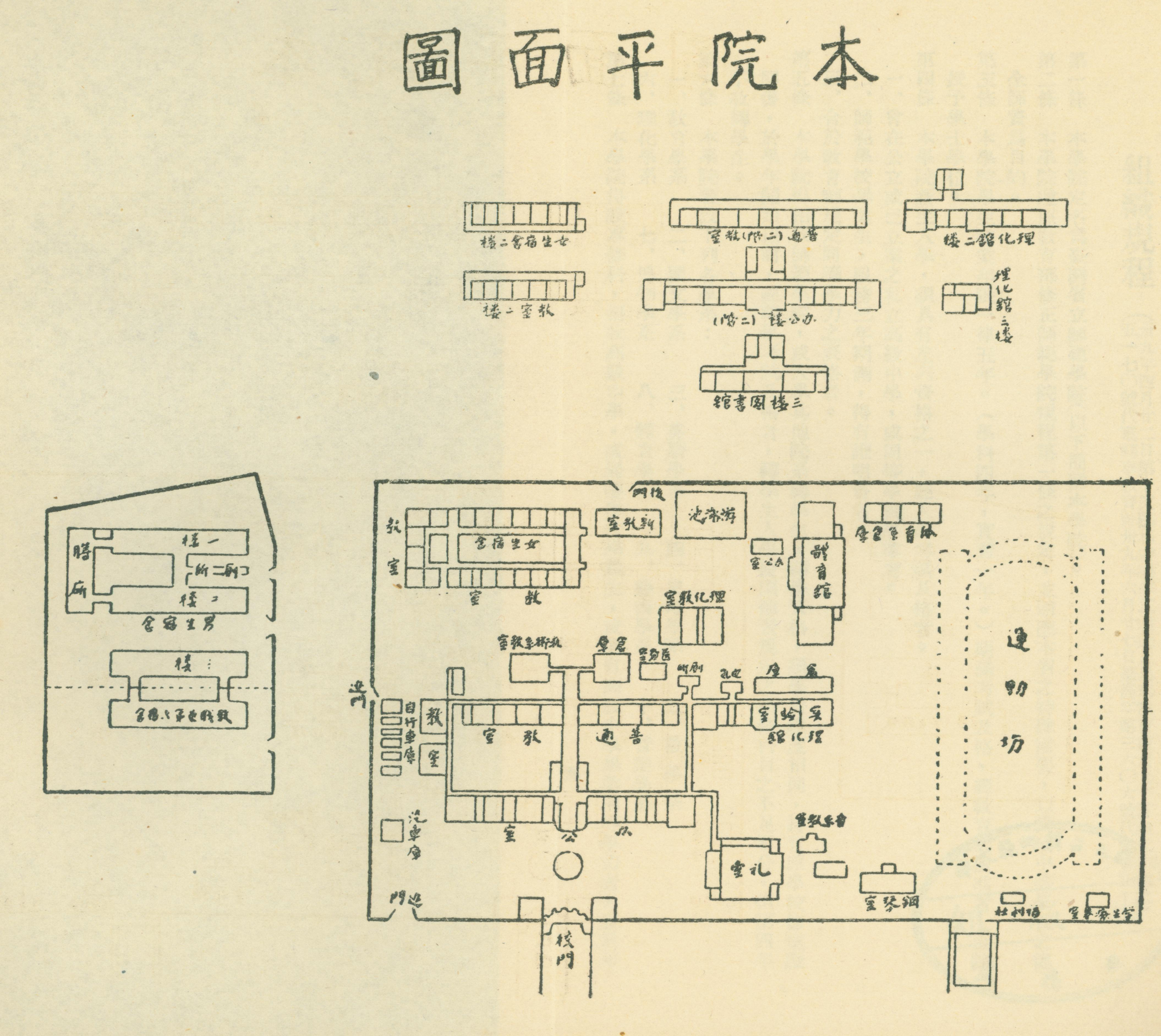
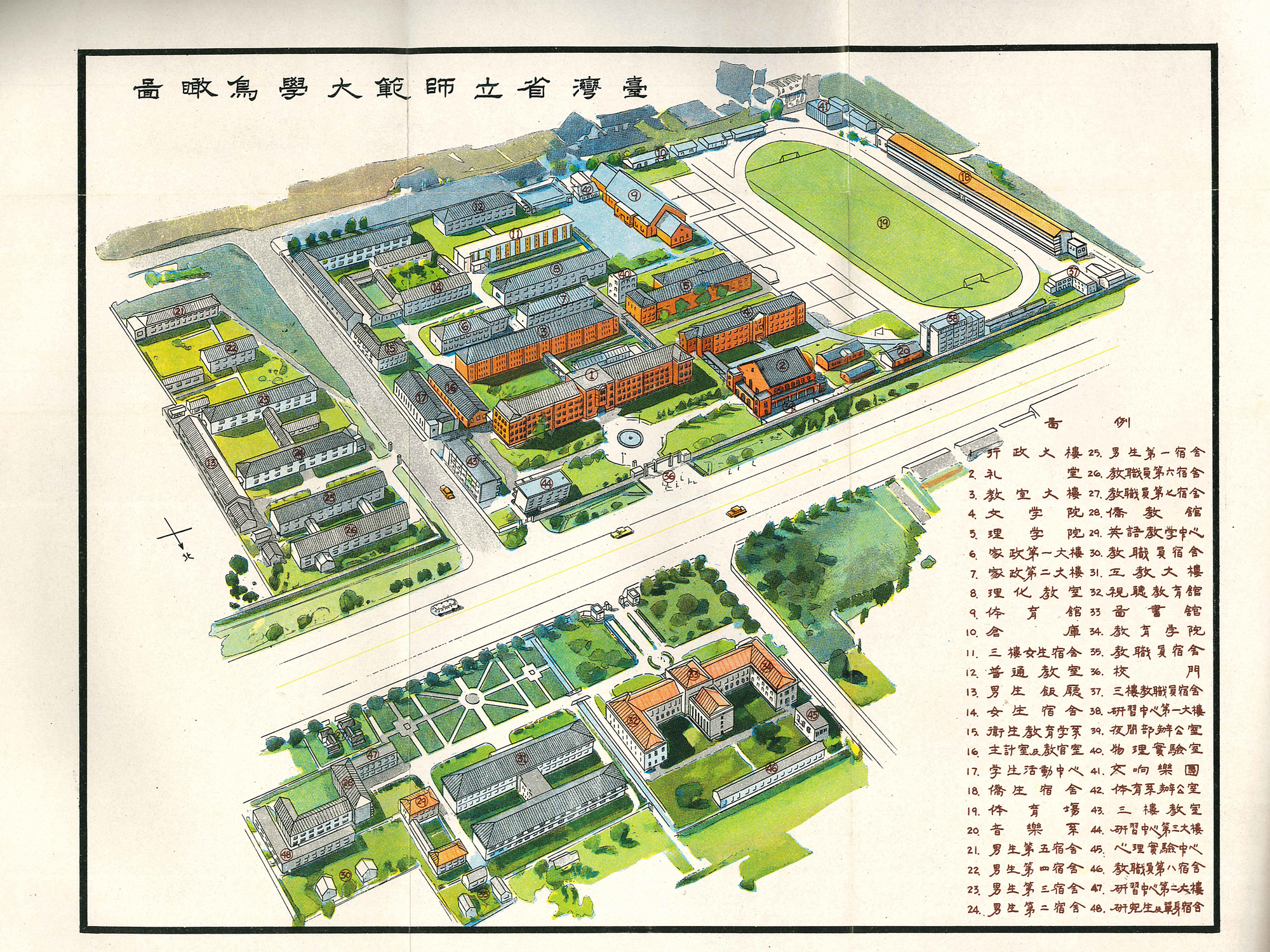
1. Past and present of the front entrance (main entrance): From 1949 to 1955, the Teachers College main gate featured a castle-like pointed-arch design, symbolic of post-war aesthetics. The current gate, built in 1975, combines historical elements such as ornamental bands, triple arches, red-brick pillars, and wrought iron railings, complementing the administration building behind it.
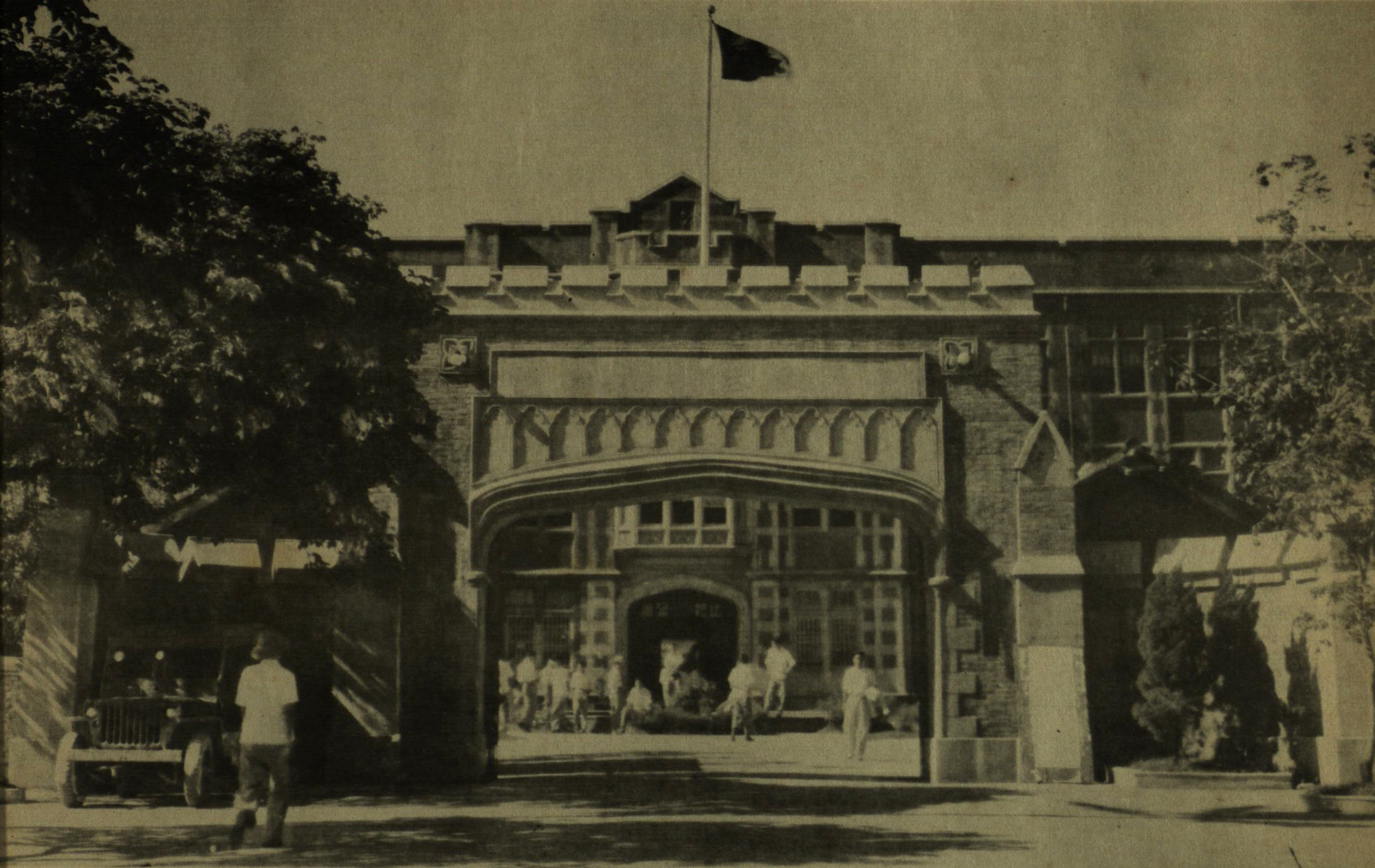
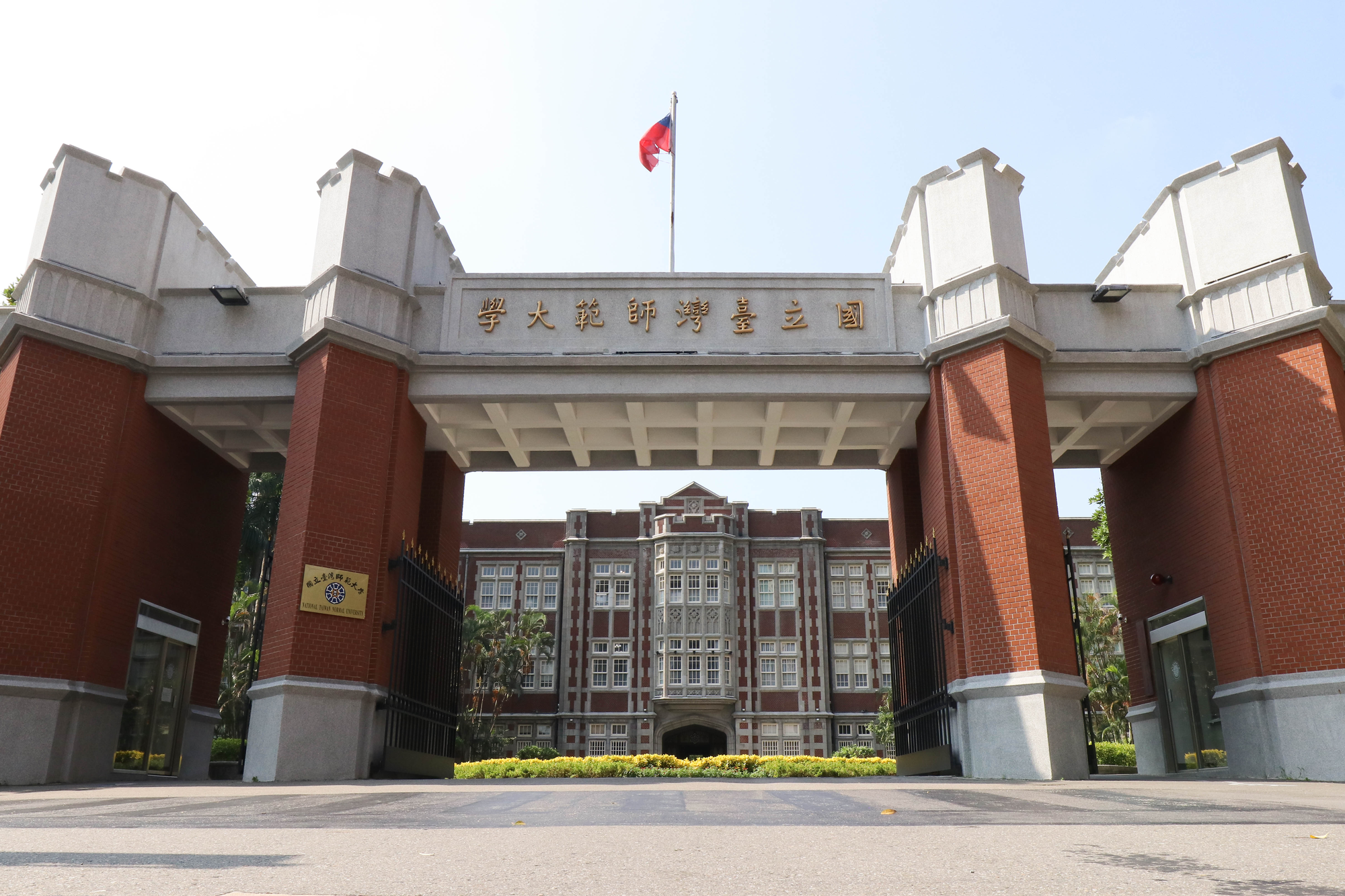
2. Moon’s reflection inside the Dragon Pond (water fountain): Since the Taihoku Higher School era, the circular pond has welcomed visitors. Known as "NTNU Spring" and "Lotus Pond" in the 1950s, it later hosted fountains and Chiang Kai-shek’s statue. Renovated in 2011 into a "Water Cube," it symbolizes NTNU’s enduring spirit.
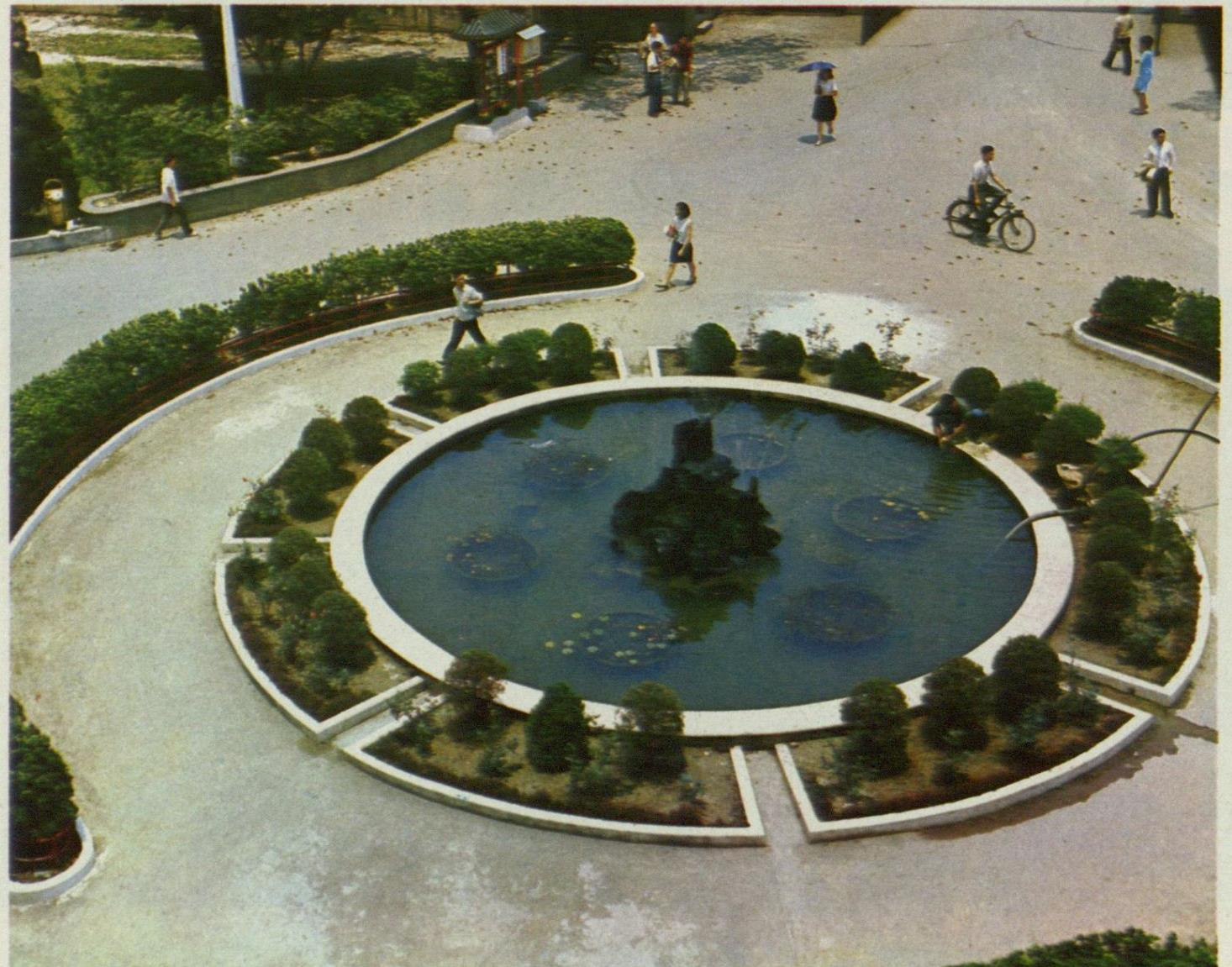
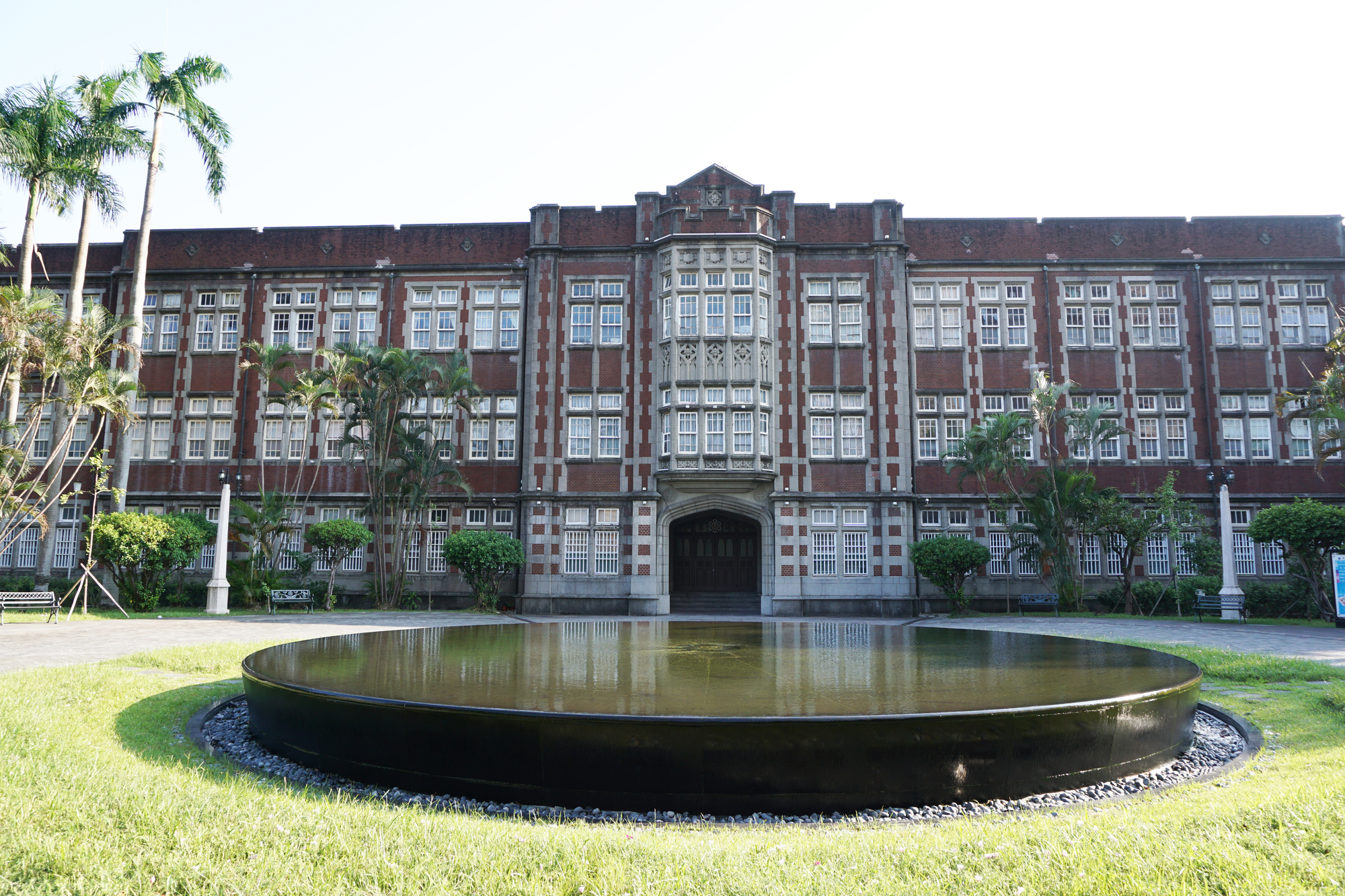
3. Physical fitness (Gymnasium): The original 1928 gymnasium from Taihoku Higher School housed dojos for judo and kendo, baths, and viewing areas. Renamed the "Fitness Hall" post-war, it was replaced in 1991 by a swimming complex. The new multifunctional gymnasium, opened in 1992, serves physical education, events, and administration purposes.
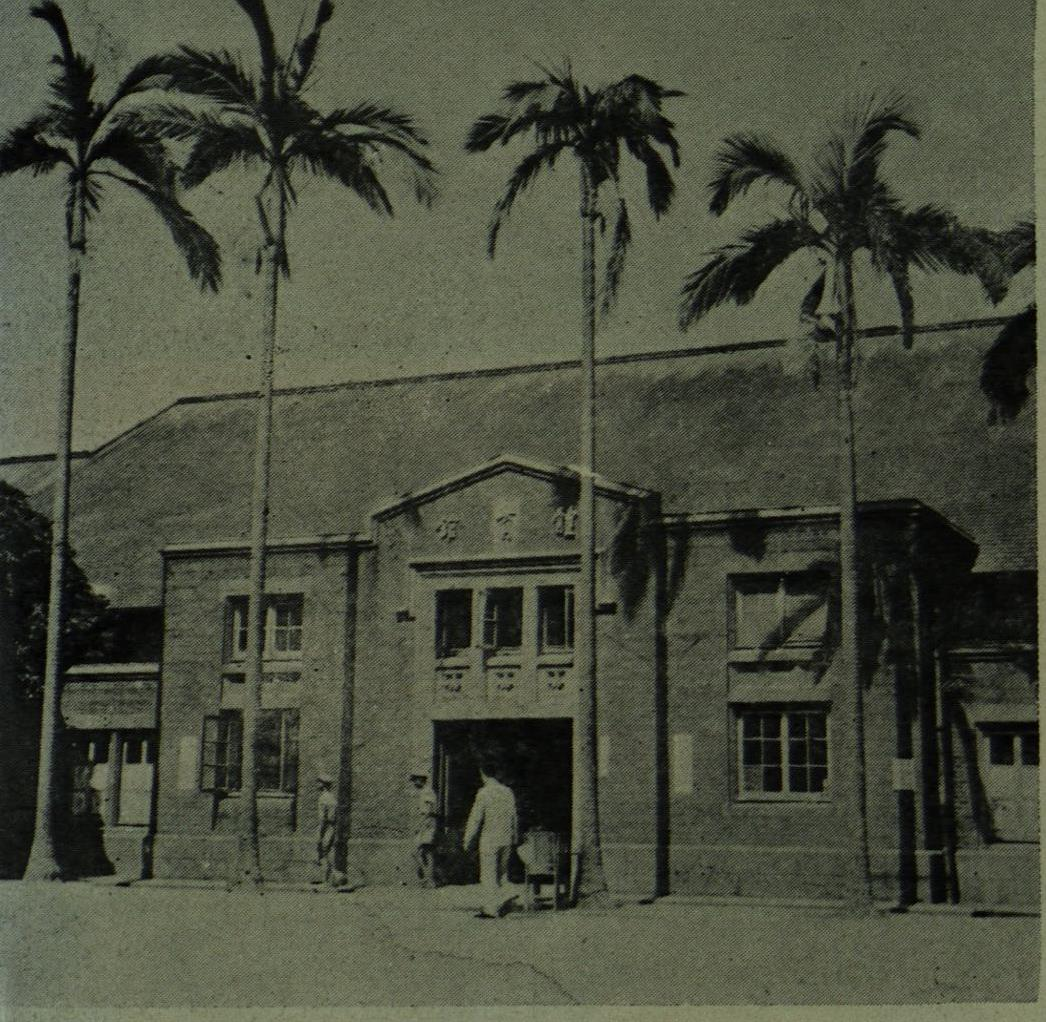
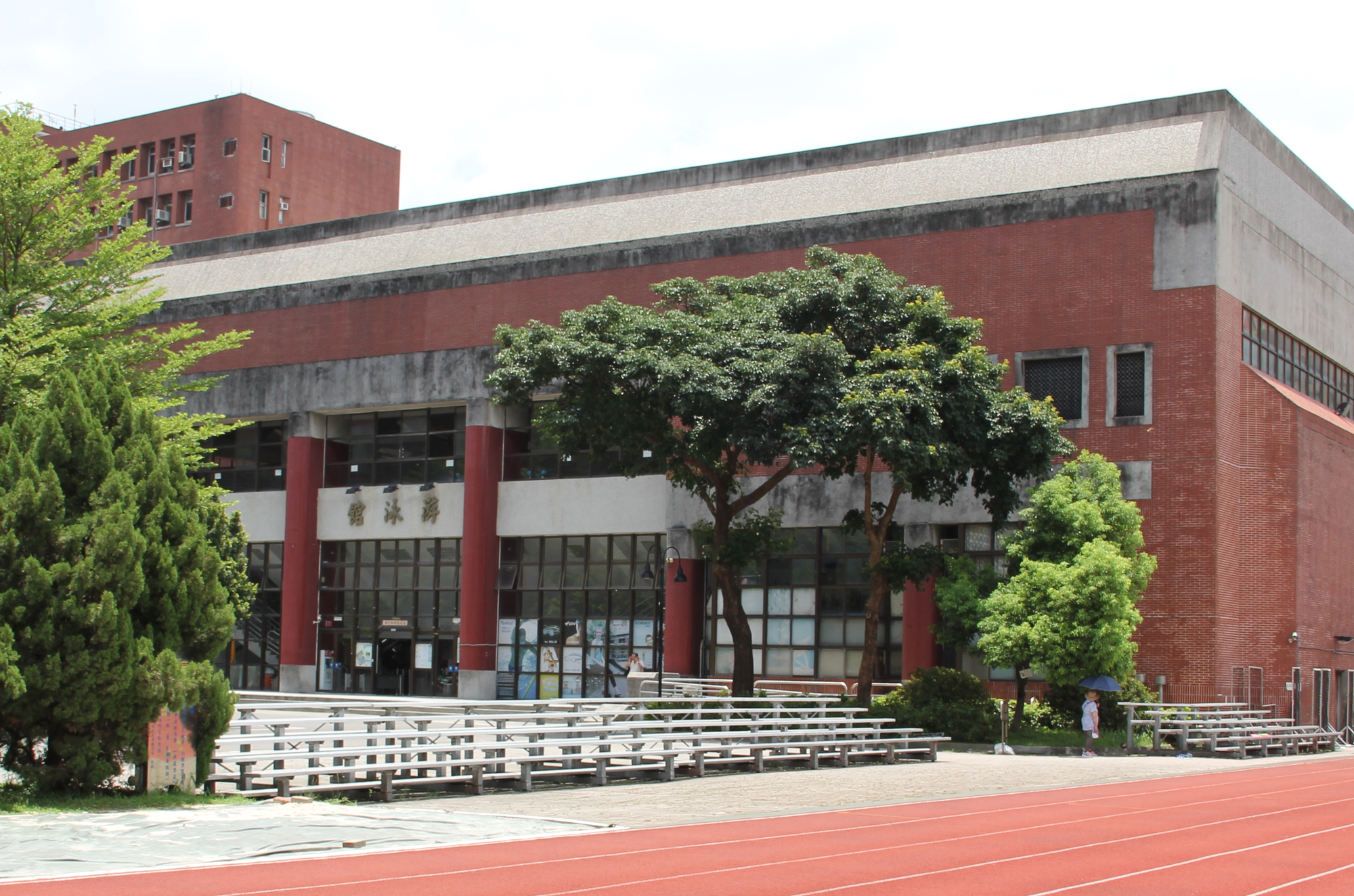
4. The Drum Tower (Main Library): Built in 1952, the original neoclassical library was among the "Eight Splendors of the Teachers College." In 1991, it became the Mandarin Training Center (now the Bo-ai Building), retaining its classical architecture. A new eight-story library, built in 1984, remains an essential study center.
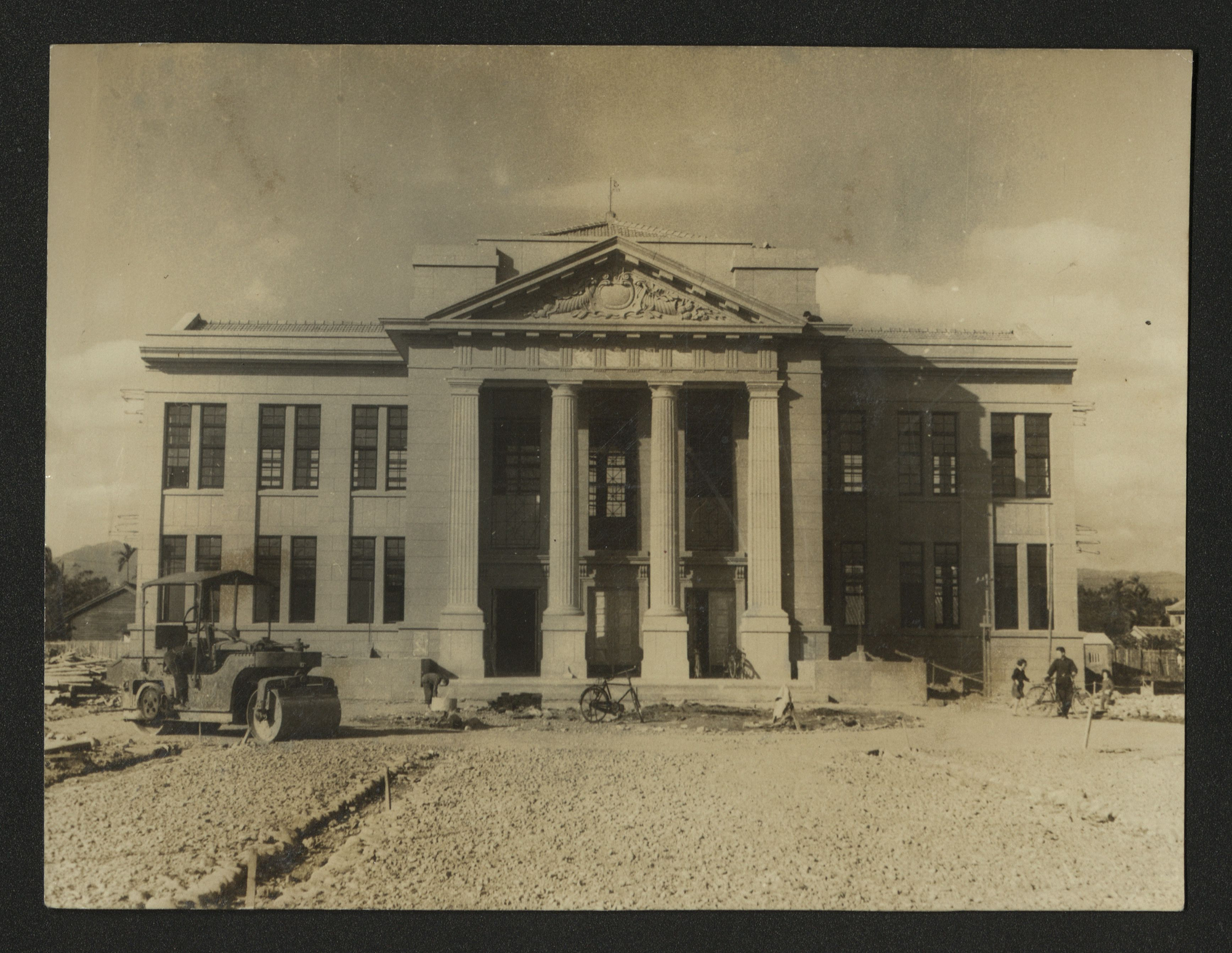
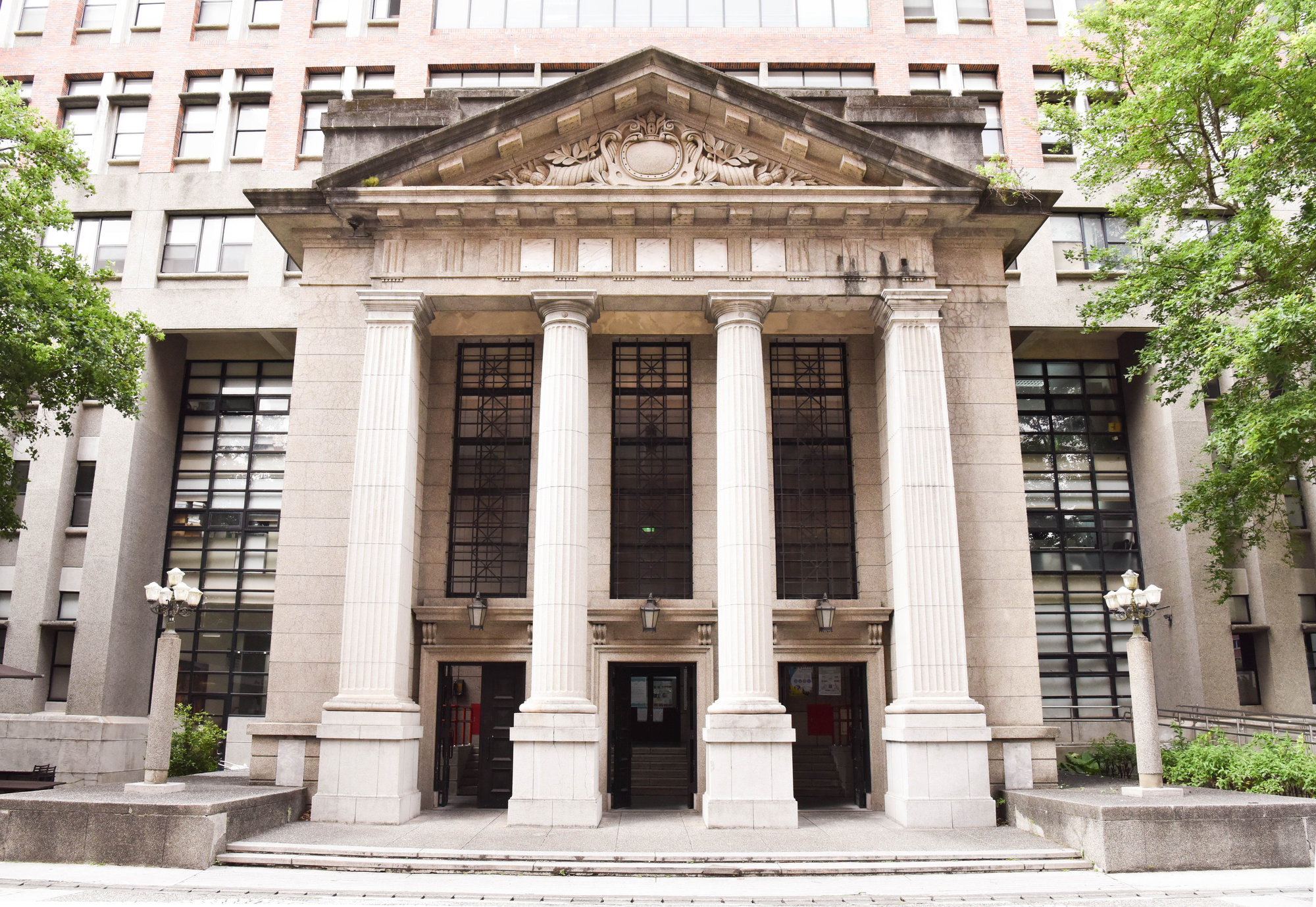
5. Rafting on Cheng River (Cheng River and Guangzhi Bridge): Cheng River, part of the Wulixue Canal, once flowed through campus, past the General Building, Roman Plaza, and Bo-ai Building. Guangzhi Bridge spanned the river, which was flanked by willow trees and teemed with lotus boats. Students painted, read, and socialized here. Urbanization later made the canal obsolete, and the construction of new buildings eventually led to the diversion of the river, leaving only memories.
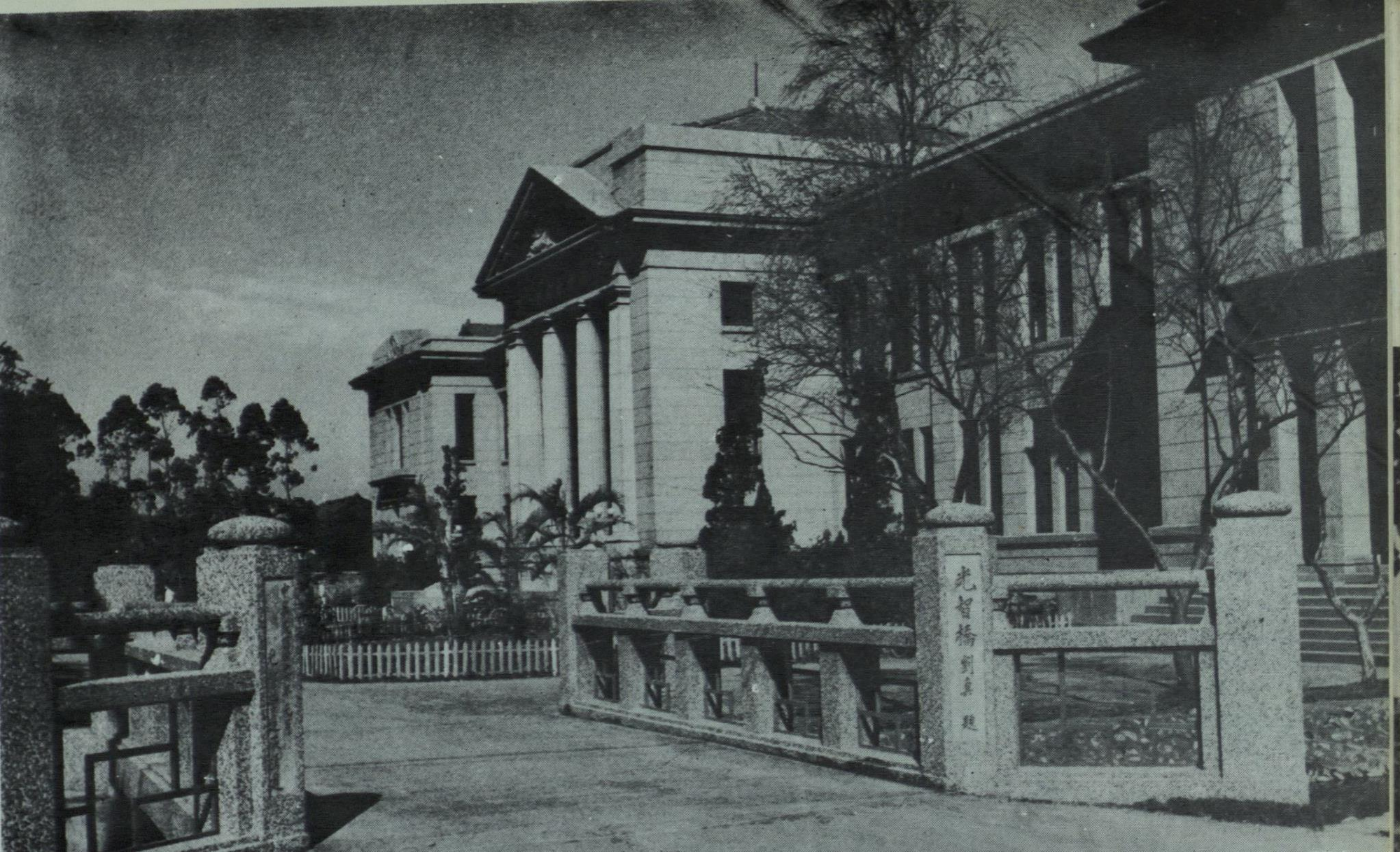
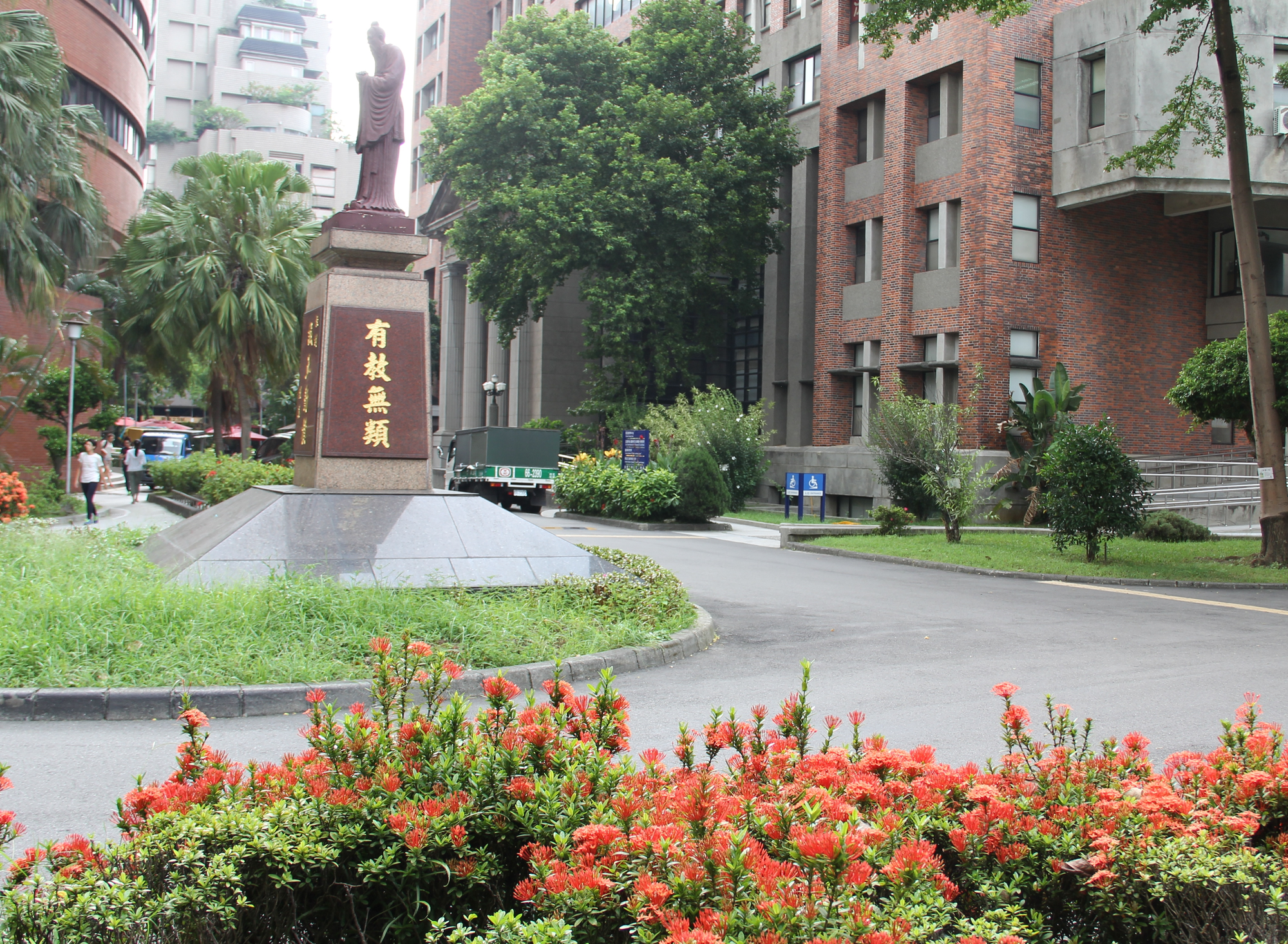
6. Oil lamps in the dormitories (Male Dormitory I): While the original Shichisei Dormitory from the Taihoku Higher School era was used as the women’s residence hall, new dormitories for men were built in 1950 on Longquan Street. The tradition of evening study and poetry readings under dim lights continued. Current dormitories, built in 1974, feature H-shaped buildings and a central student cafeteria.
